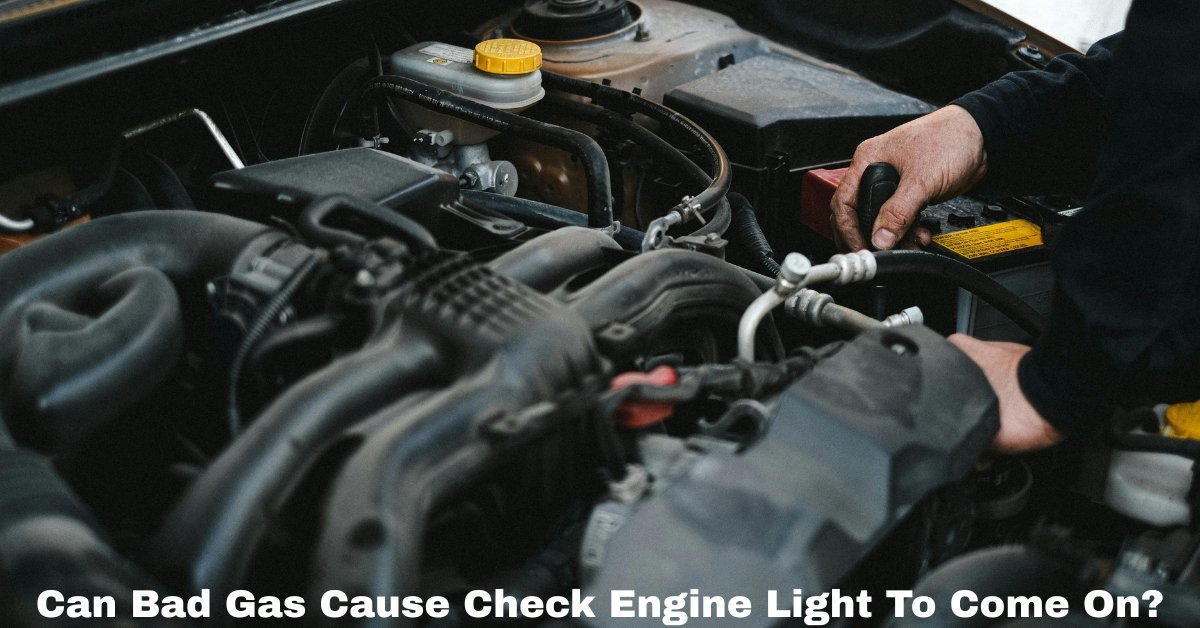On an automobile dashboard, the check engine light (CEL) is one of the most dreaded indicators. When it illuminates, drivers often worry about costly repairs, unknown issues, or whether it’s even safe to keep driving. One common and often overlooked culprit? Bad gas.
Can Check Engine Lights Be Caused by Bad Gas?
But can bad gas really cause the check engine light to come on? The short answer is yes—and here’s why.
What Is “Bad Gas”?
Before diving into how it can affect your car, let’s define what “bad gas” means. Bad gas can refer to:
- Contaminated fuel: Fuel that contains water, dirt, or other impurities.
- Old or stale gas: Gasoline that’s been sitting in the tank for too long, typically over 3-6 months.
- Low-octane or wrong-type fuel: Using gas that doesn’t meet your vehicle’s required specifications.
- Fuel with too much ethanol: Some engines aren’t designed to handle high ethanol blends like E85.
Any of these fuel-related problems might cause issues with engine performance and, yes, set off the check engine light.
How Bad Gas Affects Your Engine
To track performance, modern cars use a network of sensors and computers. When something goes wrong—like misfiring, knocking, or poor combustion—the sensors send data to the engine control unit (ECU), which may trigger the check engine light.
Here are a few ways bad gas can disrupt that system:
1. Engine Misfires
Contaminated or poor-quality fuel can prevent proper combustion. If your engine isn’t firing correctly, you’ll likely experience rough idling, hesitation, or reduced power. This inconsistency can easily set off the check engine light.
2. Oxygen Sensor Errors
Bad gas can leave residues that coat or damage your oxygen sensors. These sensors are crucial for monitoring exhaust gases and ensuring the engine is running efficiently. When they report abnormal readings, the CEL can be triggered.
3. Clogged Fuel Injectors
Your injectors may become clogged with dirty fuel, reducing the quantity of gas that can reach the engine. When fuel delivery becomes inconsistent or insufficient, your car’s ECU may detect the issue and respond by lighting up the dashboard.
Must Read: What Does The Check Engine Light Mean On Jeep Compass?

4. Catalytic Converter Damage
In rare cases, prolonged use of contaminated fuel can harm the catalytic converter. This part is essential for reducing emissions, and when it malfunctions, it will absolutely cause the CEL to come on—sometimes accompanied by a sulfur-like smell.
Signs You May Have Bad Gas
If you’re suspicious that poor-quality fuel is the problem, watch for these signs:
- Engine hesitation or sputtering
- Decrease in fuel efficiency
- Rough idle or stalling
- Unusual exhaust smells
- Check engine light shortly after filling up
If any of these symptoms show up right after visiting a gas station, bad fuel is a likely culprit.
What To Do If You Suspect Bad Gas
If your check engine light comes on and you recently filled up your tank, take the following steps:
- Don’t panic. If the car is still running relatively smoothly, it’s likely not an emergency.
- Check your gas cap. A loose or improperly sealed gas cap can also trigger the CEL.
- Add a fuel system cleaner. Products like Sea Foam or Chevron Techron can help clean out injectors and fuel lines.
- Burn through the tank. If symptoms are mild, running the tank out and refilling with quality gas may solve the issue.
- Visit a mechanic. If the light stays on or the vehicle begins to drive poorly, get a diagnostic scan to confirm the exact problem.
Preventing Bad Gas Issues in the Future
To avoid dealing with bad gas again:
- Buy fuel from reputable gas stations.
- Avoid filling up when the station is getting a delivery (sediment in the tanks can be stirred up).
- To prevent condensation and water contamination, keep your gas tank at least 25% full.
- If storing your vehicle, use a fuel stabilizer.
Conclusion
Yes, bad gas can cause your check engine light to come on. While it might not always be the cause, it’s certainly something to consider—especially if symptoms appear shortly after refueling. By understanding how poor-quality fuel affects your vehicle and what to do about it, you can save yourself time, stress, and potentially a costly repair bill.
Next time your CEL comes on, don’t immediately assume the worst—sometimes, it might just be bad gas.
